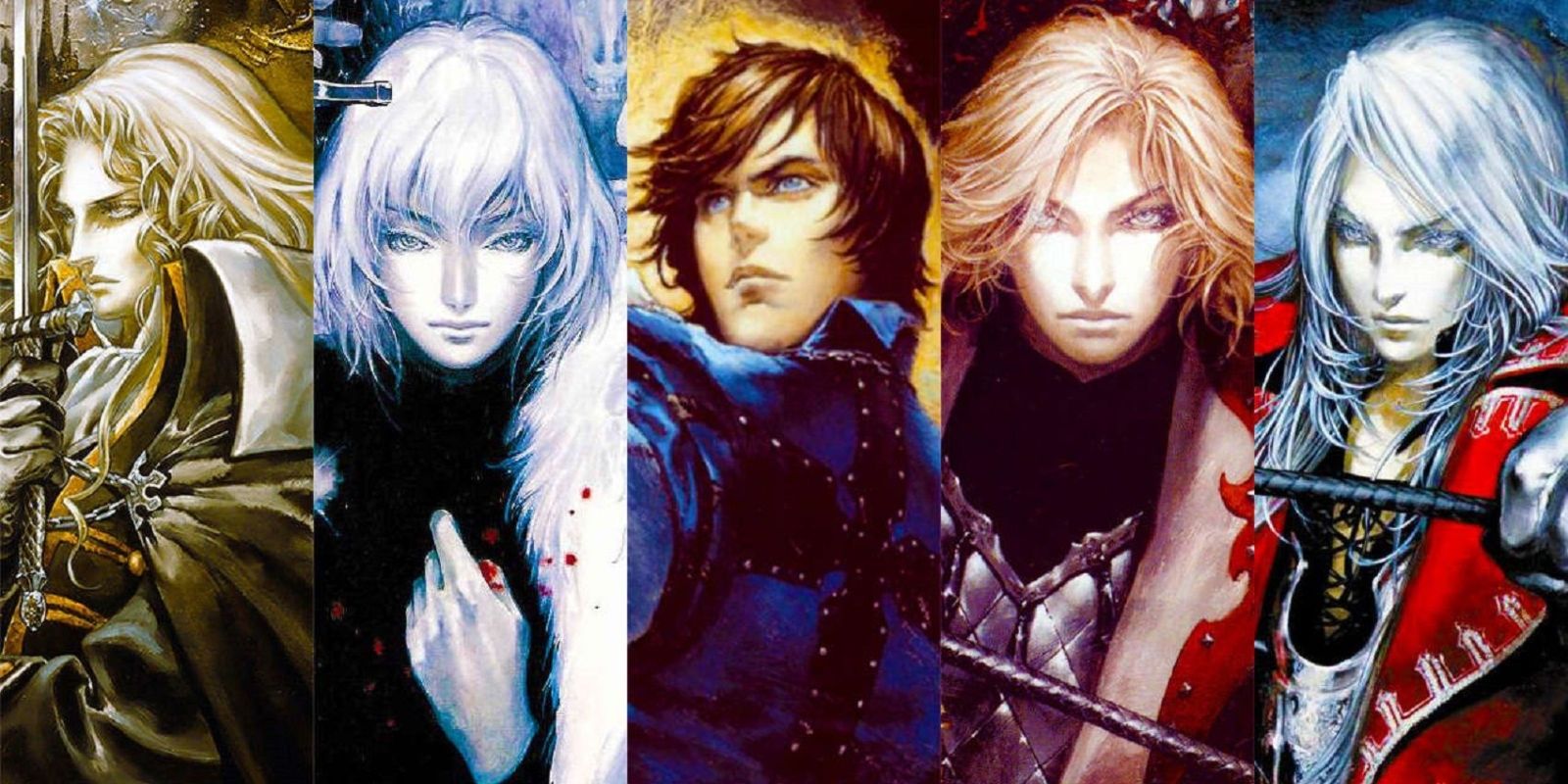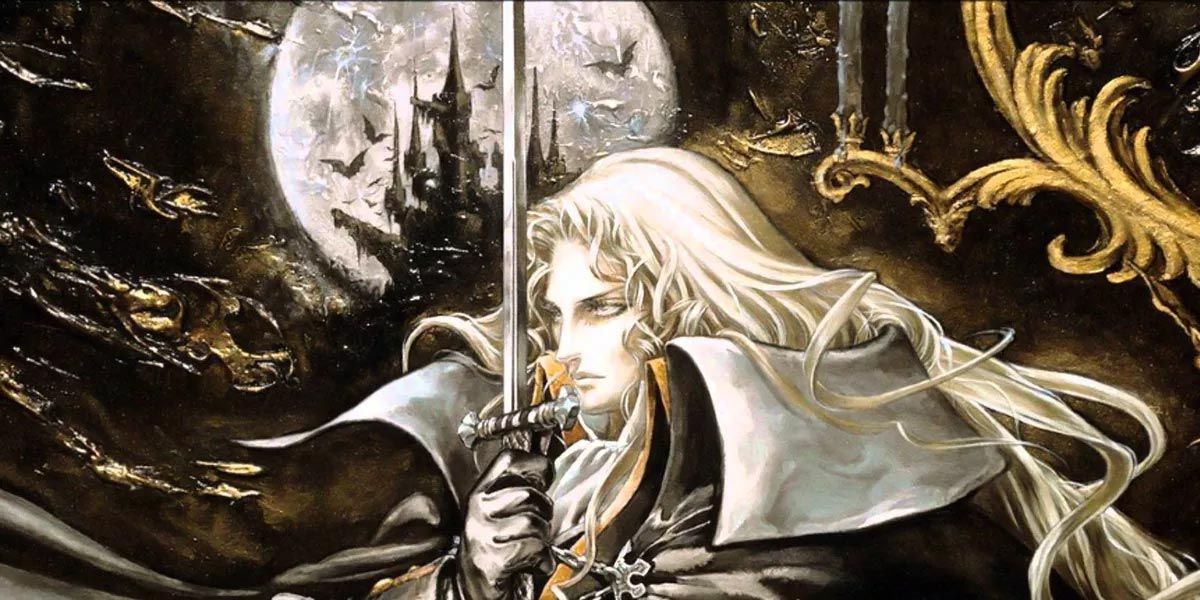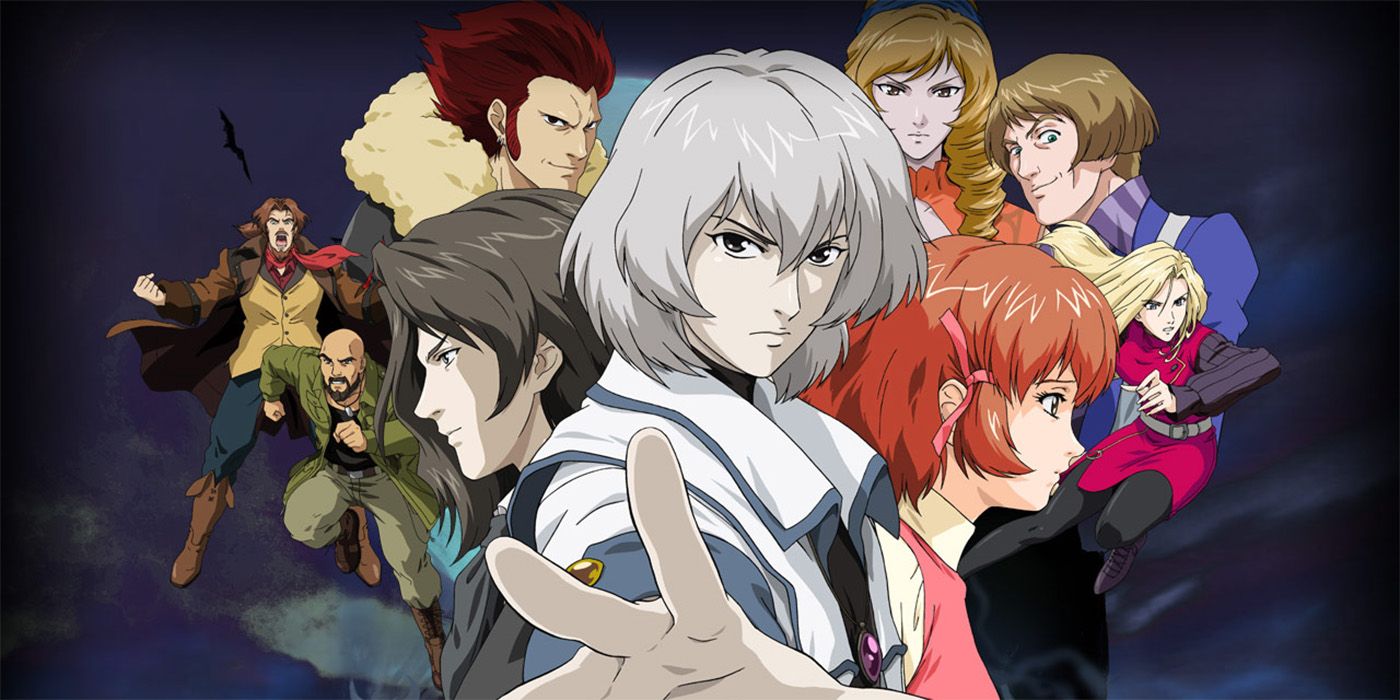Few game franchises are as iconic as Castlevania. Since the 80s, Konami's flagship title has pitted generations of the Belmont family against legions of monsters under the command of the eternally resurrecting Dracula. The original trilogy of NES titles, followed by Super Castlevania and Castlevania: Rondo of Blood, continued the series on different platforms, resulting in a branching, expansive franchise with a multitude of unique titles.
The Belmont Family serves as the primary protagonists of Castlevania, with each game focusing on a different generation of Belmonts in their war against Dracula. However, despite being the central characters in the saga, the best games in the franchise consistently are the ones where the Belmonts are either sidelined or exist only as unlockable characters.
Belmont -- Sidelined
For many, Castlevania III: Dracula's Curse stands out as one of the best early games in the franchise. It refined the series' franchise, evolving it beyond the disappointment of Castlevania II: Simon's Quest. However, it also did something unique: it introduced secondary protagonists in the form of Sypha Belnades, Grant Danasty and Alucard. This is the first game to indicate that the Belmonts were not the only heroes in the franchise.
While many mainline Castlevania games would continue to focus on the Belmonts, games on alternate platforms began to take risks. Such is the case with the criminally underrated Castlevania: Bloodlines for the Sega Genesis. Bloodlines focused not on another Belmont taking down the Count, but rather on John Morris (the son of the American Quincy Morris from the novel Dracula) and Eric Lecarde, fighting to stop Elizabeth Bartley, Dracula's niece, from resurrecting the eternal vampire. Around the same time, the Kid Dracula franchise focused on a younger version of the titular character. While these games were fun, they were smaller entries in the franchise.
Bloodlines might be overshadowed by the success of the PlayStation classic Castlevania: Symphony of the Night, which saw the return of Alucard, the son of Dracula. While the game does feature Richter Belmont, he exists only in the infamous prologue sequence and later as an unlockable character. Symphony of the Night's action RPG gameplay proved to heavily influence the franchise for years to come, but it proved to fans of Castlevania's narrative that the franchise could live on beyond the shadow of the Belmont Family.
The Handheld Era vs. Console Era
From here, Castlevania diverged. Multiple console games focused on the Belmont legacy, while numerous handheld RPGs took deviating paths away from that. PlayStation 2 gamers received such titles as Castlevania: Lament of Innocence and Castlevania: Curse of Darkness. These were fine entries to the franchise that filled in vital lore throughout the saga, but they weren't particularly beloved games. This is in part because the franchise moved away from side-scrolling action that the handheld games embraced and incorporated clumsy 3D gameplay, clearly trying to copy the formula and success of other action-horror games like Devil May Cry.
The handheld titles, however, used Symphony of the Night as a gameplay model. They remain side-scrolling action-adventure RPGs, and very few of them feature the Belmonts as primary characters. Castlevania: Circle of the Moon focuses on Nathan Graves, whose family was slain by Dracula, fueling his thirst for vengeance. The Game Boy Advance's Castlevania: Aria of Sorrow and its DS sequel Dawn of Sorrow focuses on Soma Cruz, the future reincarnation of Dracula, fighting those who would dare revive his old incarnation. The Nintendo DS' Castlevania: Portrait of Ruin is a sequel to Bloodlines that focuses on John Morris's son, Jonathan, and his companion Charlotte Aulin. Finally, Castlevania: Order of Ecclesia stars Shanoa, the heir to a secret organization devoted to stopping Dracula after the Belmonts disappear.
Of the Game Boy and DS games, only Castlevania: Harmony of Dissonance features a Belmont as a primary playable character. While Harmony of Dissonance is a fine enough game, the handheld era of games kept the Castlevania prestige alive. Entries like Castlevania Judgement, however, seemed positioned to undermine all the goodwill the Belmont-less Castlevania titles generated, made more problematic by the complete reboot: Castlevania: Lords of Shadow. These games, which star Gabriel Belmont (who turns out to be Dracula) remain divisive among Castlevania fans.
When looking at the franchise, you'll find that the titles held in mot high esteem are the ones with as little Belmont influence as possible. Many view Symphony of the Night and Aria of Sorrow as the greatest Castlevania games ever made, yet they are as far removed from the Belmont conflict as possible. It seems, at times, that while the family is considered the stars of the franchise, with Simon and Richter even making their way into Super Smash Bros. Ultimate, Castlevania is so much more than just the Belmont's legacy. Much like the series' sprawling, century-spanning lore, the world is far bigger than just one family's blood grudge against an angry vampire.



